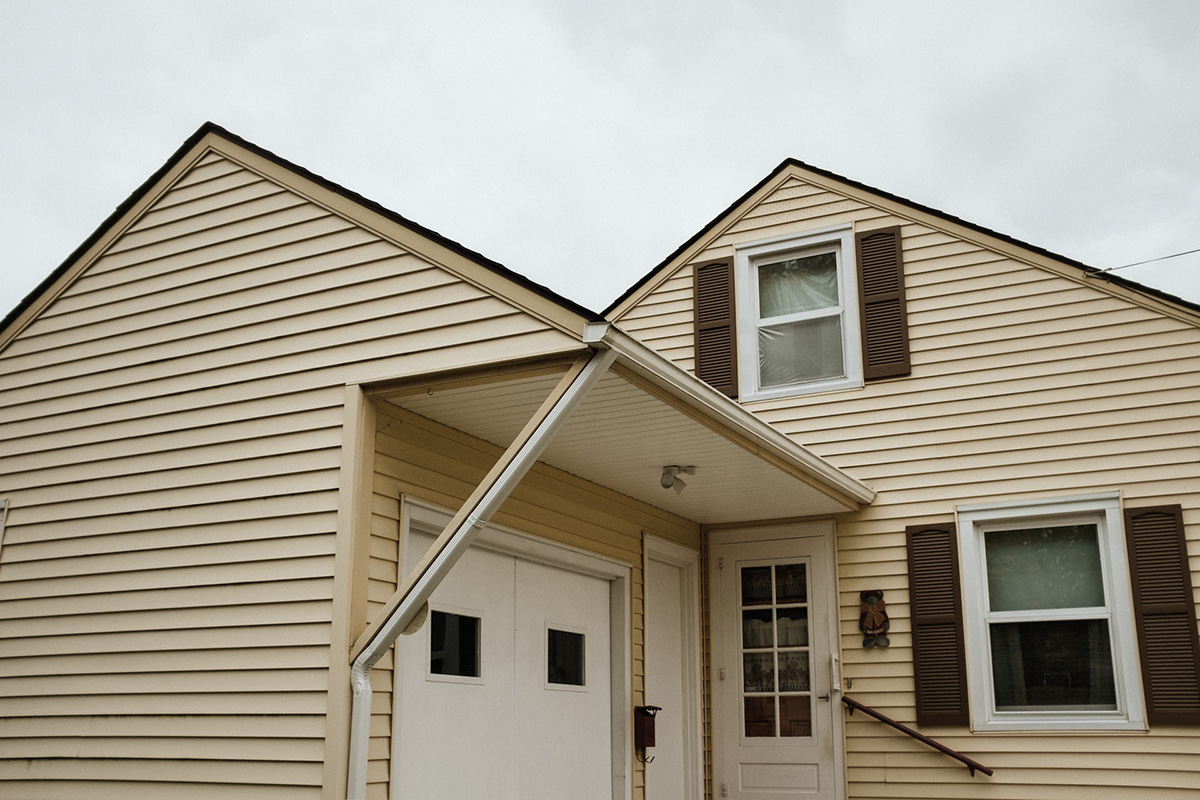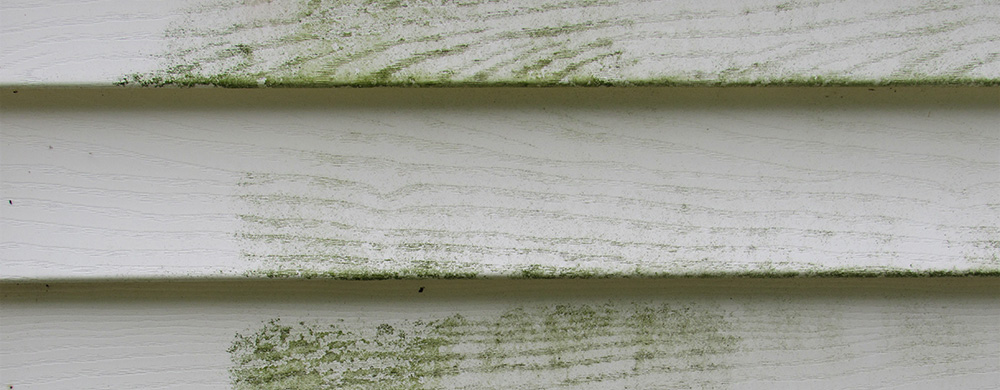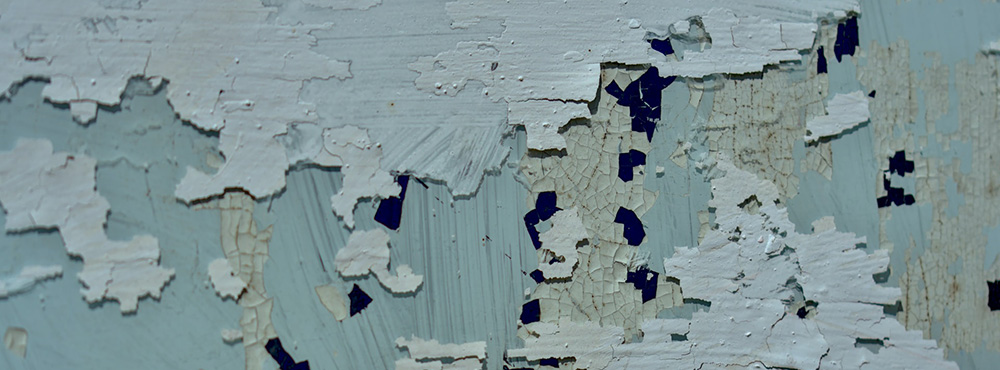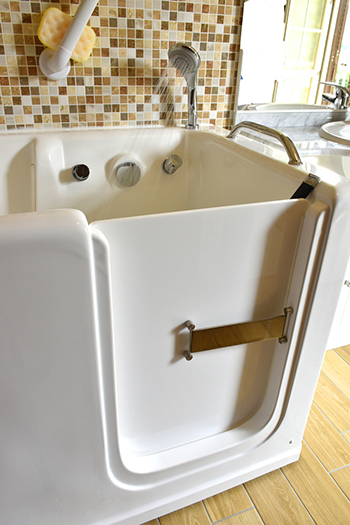8 Signs It’s Time for New Siding
May 1, 2023

Siding is important to your home for several reasons. It looks good, for starters. If your house has siding, it’s part of the first impression visitors get of your home. On top of that, your siding also contributes to the integrity and energy efficiency of your home.
Your siding may not be high on your home improvement priority list, but it’s important to maintain. It may cost money to replace your siding, but the problems old siding can cause, such as damage to the inside of your home, insect infestations, and more, can cost money, too, and then you would also still need to replace your siding. But how do you know when it’s time to replace your siding?
Sign #1
The Siding Is Cracked
Your siding helps to protect the inside of your home from weather and the elements. If it’s cracked, warped, or has holes or gaps in it, that’s a sign it’s time to replace your siding. Holes and cracks can look bad, but they also compromise the integrity of your home. The inside of your home isn’t as protected if damp can get inside. In addition, if water can get inside, so can insects and small animals.
Sign #2
The Siding Is Rotting
Even if there aren’t holes in your siding, if it’s rotting or crumbling, the siding still won’t be able to protect your home very well. If the rot is contained to only a small area, you may be able to just repair that one section of your siding. However, if the rot has spread across the exterior of your house, there’s no option but to replace it all.
Sign #3
The Siding Is Blistering
If you see bubbles or blisters in your siding, then that means that the integrity of your siding has been compromised. Water has gotten into the siding and is causing the blisters. If water is getting into your siding, then it can also get into your house, so this is an indicator that it’s time to replace your siding.
Sign #4
There Is Mold on the Siding
If there is mold, mildew, or any fungus growing on your siding, that’s another indicator that there’s a moisture problem. Even if the siding isn’t also bubbling or blistering, mold and fungus only grow where there’s moisture. This means that water is getting through your siding and could be getting into your house.
Sign #5
Your Energy Bills Are Higher
Your siding plays a major role in insulating your home. The better your insulation, the more energy-efficient your home is. If your siding is old or damaged, it’s not insulating the house as well as it could be. If your energy bills have been higher than normal, your siding could be to blame. Replacing your siding would therefore save you money on your energy bills.
Sign #6
The Siding Is Faded and Needs to Be Painted More Often
If the color on your siding is faded or doesn’t hold paint as long, it’s a signal that the weatherproofing on the siding is starting to fail. Usually, the color on your siding should last for 8-10 years before it needs to be repainted, but if you’re having to repaint more often than that, there could be a problem with your siding.
Sign #7
Paint Is Peeling Inside the House
Sometimes problems inside your home can also indicate a problem with your siding. If the paint on the exterior walls inside your house is peeling, or if the wallpaper is loose, that can be a sign that moisture is entering your home. If you see this happening on the exterior walls, in particular, check your siding. It may have damage that would indicate it needs to be replaced.
Sign #8
You Want to Sell Your Home
If you’re moving and need to sell your home, replacing the siding can be a good idea. Not only will it improve your home’s curb appeal, but it can also help to improve your home’s resale value.








